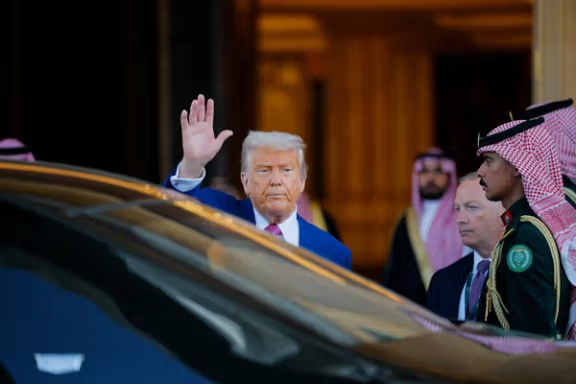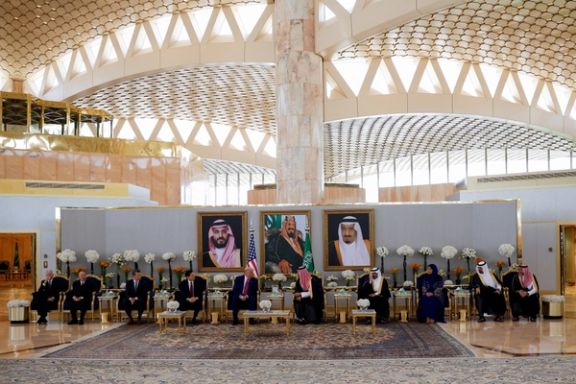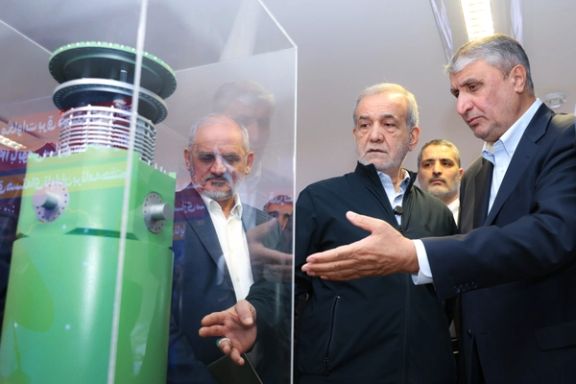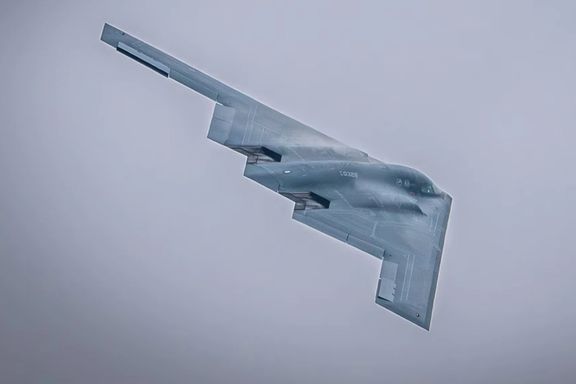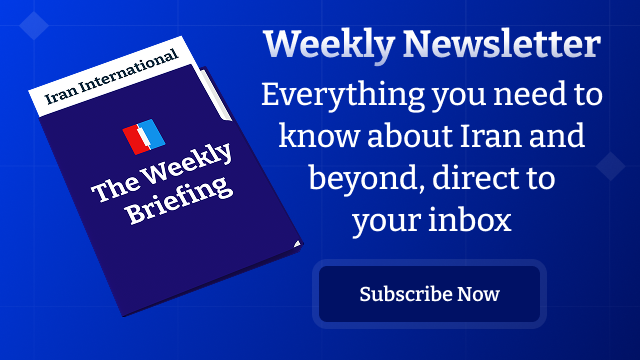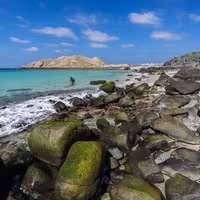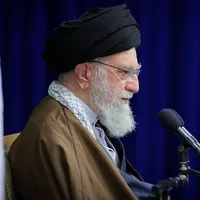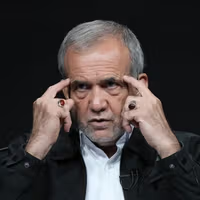Before traveling to Saudi Arabia on May 12, Trump reaffirmed his opposition to Iran acquiring nuclear weapons, while praising Iranian negotiators for being, in his words, very reasonable and very intelligent.
Despite pillorying Tehran at length in a speech in Saudi Arabia the next day, the comments suggested an openness to continued dialogue—even amid mounting pressure from within his own ranks.
Trump’s position reflects a carrot-and-stick strategy: applying sanctions while keeping the door open for a potential deal. Yet, internal divisions are growing.
Middle East envoy and chief negotiator Steven Witkoff told Breitbart last week that no level of uranium enrichment should take place in Iran—opposing the allowances made under the 2015 Joint Comprehensive Plan of Action (JCPOA).
Witkoff’s remarks echo those of hawkish Republicans who reject even limited enrichment under international monitoring. Witkoff once again aligned himself with that position, signaling that any new deal could be more restrictive than the 2015 deal.
In the same interview, however, Witkoff distanced himself from advocates of military action, accusing them of a “bias toward war.” He emphasized that Trump prioritizes diplomacy, arguing that critics underestimate the risks of armed confrontation.
The messaging—hardline on enrichment, moderate on military force—underscores the absence of a unified Republican policy.
Trump himself has sent conflicting signals. In an interview with Hugh Hewitt on 7 May, he reaffirmed his desire to end Iran’s uranium enrichment but also indicated a willingness to hear justification for maintaining some nuclear infrastructure.
Elusive positions
A week—and one more round of talks—later, we are none the wiser about the Trump administration’s red lines.
US vice president J.D. Vance has taken a more flexible position, suggesting a tightly monitored, limited centrifuge program could be acceptable. His stance diverges from that of US secretary of state Marco Rubio and Witkoff’s latest, betraying disagreement at the very top.
In Tehran, the message has been more consistent—in public at least. The right to enrich uranium is non-negotiable, foreign minister Abbas Araghchi posted on X on the eve of the fourth round of talks.
Enrichment, in reality, is what gives supreme leader Ali Khamenei the leverage he has always sought to face his western ‘enemies.’
Khamenei’s strategy, as far as can be surmised from his decisions in the last two decades, is to remain close to the nuclear threshold without crossing it, standing on the brink without falling into the abyss of war.
Despite this impasse, both sides agreed to extend the negotiations, signaling a desire to avoid blame for their collapse. Still, the fundamental disagreement over enrichment remains unresolved.
Witkoff has also called for the talks to address Iran’s regional conduct, particularly its support for armed groups like Hezbollah and the Houthis. He argues any deal should reduce the Islamic Republic’s hostile actions against the US and Israel.
These positions are yet to be formalized, but the rulers in Tehran appear to have used whatever influence they have with the Houthis to calm the Red Sea and ease pressure on Iran’s negotiators.
But the link between nuclear diplomacy and regional security remains tenuous.
Fraught issue
Historically, the US strategy on Iran’s nuclear program has fluctuated. The Bush administration failed to enforce a zero-enrichment model; the Obama administration accepted a 3.67% cap to delay Iran’s breakout capacity. Trump’s second-term ambitions appear to aim higher—but face the same practical limits.
UN nuclear chief Rafael Grossi asserted recently that completely eliminating Iran’s program may no longer be achievable.
Also significant is public opinion in the US. In a recent poll by the University of Maryland, more than two-thirds of respondents said they preferred a negotiated deal to curb Iran’s nuclear activities, with only 14% backing military action.
On this point at least, and for now, President Trump appears to be reflecting the popular will, letting diplomacy run its course while pursuing his maximum pressure campaign of sanctions, hoping to force Iranians to blink first.
Unclear to nearly all watching the talks—and perhaps even to those involved in it—is how far and how long he is willing to go without visible results.

